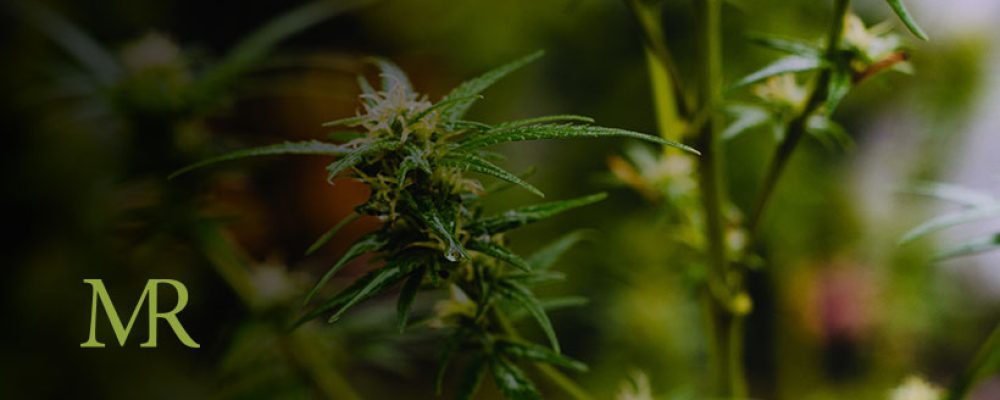High prices indeed. Recreational cannabis demand is outpacing supply, and that means wholesale prices are soaring. In states like Massachusetts and Illinois, where they’re still in the process of rolling out the industry, the market is booming, and folks are scrambling to build the infrastructure. Smokable flower is scarce and in high demand. Wholesale suppliers are wiped out of flower week after week, and there’s no end in sight. Flower is the hardest to produce. It takes time, infrastructure and a responsive supply chain.
Medical to Rec
In what used to be a medical marijuana market, Illinois legalized recreational adult-use marijuana in January 2020. Retail sales in that first month hit an astonishing $40 million. Analysts estimate the state’s rec program could eventually bring in up to $2.5 billion annually. The state moved from a medical market with 100,000 patients to a rec market with 8 million legal-age potential customers. Those numbers don’t even include an estimated 100 million tourists that visit the state each year.
Nurturing Growth
At this point, Illinois will allow a total of 185 recreational retail stores in the state, and more retail stores will be opening this year. Eventually, the state could license up to 500 stores. The supply shortage means high prices. An eighth-ounce of flower, pre-tax, can cost upward of $60. Per pound, the price of wholesale cannabis flower had jumped from 2019, when Illinois just had a medical marijuana program.
For example, premium quality indoor flower fetched $3,500 per pound as a medical commodity in 2019. That same flower in the rec market now costs $4,000 per pound. Compare that to Massachusetts, which boasts some of the highest wholesale flower prices in the country. Their premium indoor flower cost $3,500 per pound in 2019 and has jumped to $4,200 per pound so far in 2020.
The supply shortfall was expected from the outset for several reasons. Because of the state’s quick ramp-up to legalization, the simultaneous expansion of the medical marijuana program, and the detailed regulations manufacturers and retailers must follow to legally grow, process, package, ship, stock and sell cannabis products, the supply would never have met demand regardless. All those required steps take time. Efforts are being made to bolster supplies — but again, growing a crop takes time.
Patience, Grasshopper
Until more capital is spent to build out production (and as a result, increase supply), prices will remain in the upper echelon. Some industry insiders estimate it will take at least $500 million in capital investment and several years to build out the supply chain.
In an interview with suburban Chicago’s Daily Herald, Toi Hutchinson, who oversees the state’s adult-use marijuana program, said everything was done by design.
“From the beginning, the administration has made clear that it is taking a deliberative and incremental approach to cannabis legalization, both to facilitate an effective rollout and ensure space in the market for social equity applicants,” she said.
During these incremental implementations, another 48 dispensaries in Illinois have been given the green light to sell recreational weed. The state will issue another 75 licenses by May 1 and could issue up to 110 more permits by December 21, 2021.
Adding Small-Scale Producers
Additionally, Hutchinson noted in the Daily Herald that up to 40 new licenses will be distributed between now and July 1 to “craft growers” of marijuana. These additional suppliers, limited to growing from 5,000 to 14,000 square feet, are expected to increase the supply. The state may approve another 60 craft grower licenses by Dec. 21, 2021.
For the other, large-scale producers, marijuana is cultivated at 21 centers throughout the state. These growers are allowed to grow plants on a footprint of up to 210,000 square feet. Pam Althoff, executive director of the Cannabis Business Association of Illinois, said in an interview that she expects supply to meet demand in a few months. She acknowledged that it takes, on average, between six and seven months to grow, dry, package, and deliver cannabis to a retailer.


